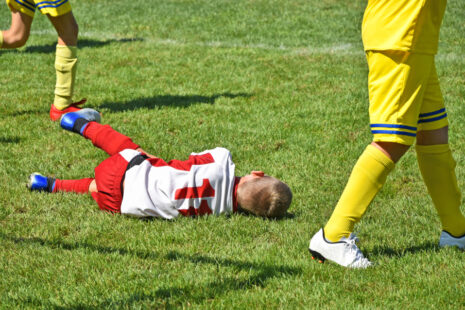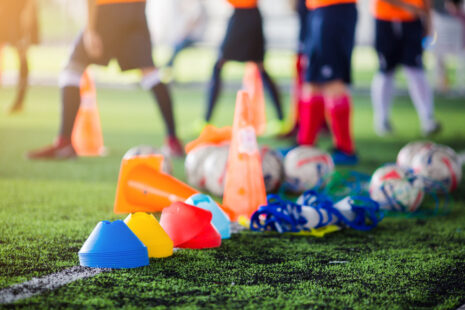The safety of a sport for girls can depend on various factors, including the level of competition, coaching quality, and adherence to safety guidelines.
However, several sports are generally considered safe options for girls due to their lower risk of injury…
- Swimming – Swimming is often considered one of the safest sports for girls. It is low-impact and places minimal stress on the joints. Proper technique and supervision are essential to ensure safety in the pool.
- Track and Field – Track and field events like running, jumping, and throwing are typically safe for girls. Injuries are relatively rare, and proper warm-up and technique can help prevent them.
- Cross Country Running – Cross country running involves long-distance races over varied terrain, with a lower risk of acute injuries. Training and pacing are essential to avoid overuse injuries.
- Tennis – Tennis is a non-contact sport with a low risk of injury. Girls can enjoy tennis while maintaining proper form and warm-up routines to prevent strains and sprains.
- Golf: Golf is another non-contact sport with relatively low injury rates. Overuse injuries and swing mechanics are common concerns.
- Volleyball – Volleyball is generally considered safe for girls, with a focus on teamwork and agility. Injuries are relatively uncommon, but proper technique and warm-up are important.
- Cheerleading – In recent years, Cheerleading has improved its safety measures and guidelines. Proper training, supervision, and adherence to safety protocols are crucial for girls in cheerleading.
- Swimming and Diving – Competitive swimming and diving are low-impact sports with lower injury rates. Girls should focus on technique to minimize the risk of overuse injuries.
- Gymnastics – While gymnastics can be physically demanding, injuries are not as common as in some contact sports. Proper training, supervision, and safety measures are essential, especially in artistic gymnastics.
Remember that the safety of a sport can be different based on individual experiences and the specific level of competition. Girls should receive proper coaching, adhere to safety guidelines, and use appropriate protective gear when necessary. Girls and their parents should decide which sports to participate in based on their interests and comfort levels.




